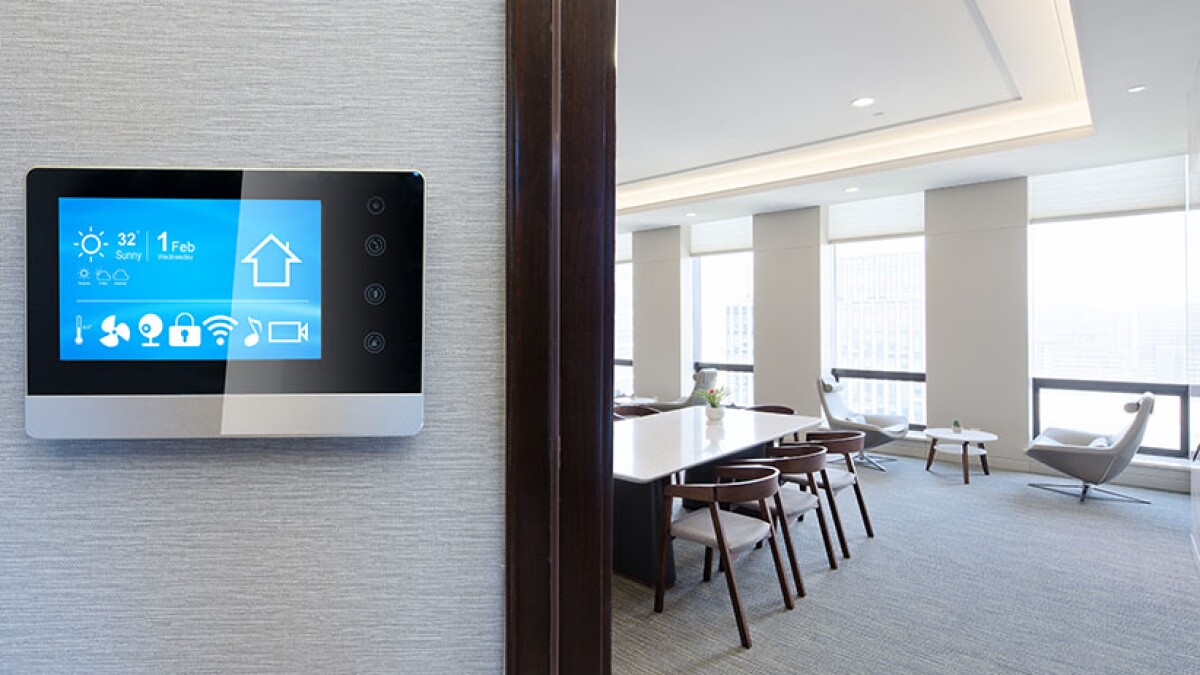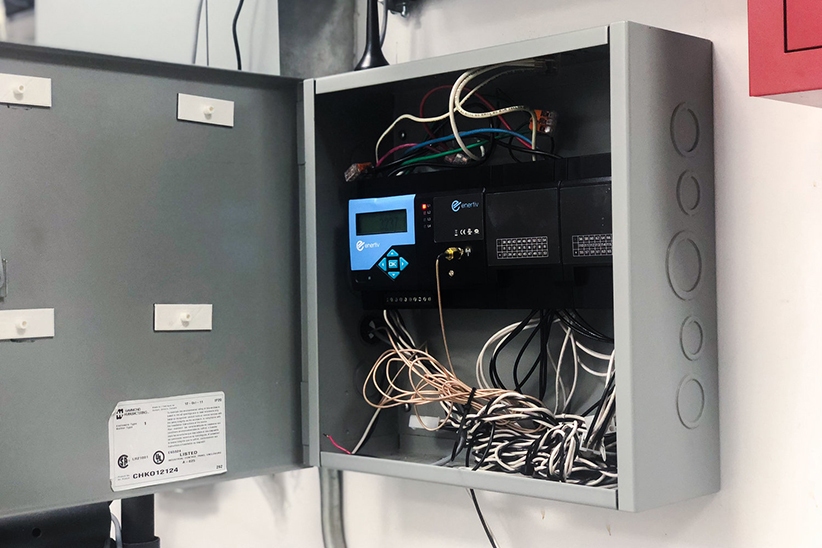How the Internet of Things is Changing Real Estate

The Internet of Things (IoT) is changing the way we live our lives, automating everything from housework to energy efficiency to security. According to trend forecasters and tech experts, the connectivity of IoT devices will have a significant impact on the commercial real estate industry, and will empower property owners and managers, office workers, homeowners, and shoppers with the benefits of technology.To better understand IoT, some of its current applications, and its future potential, we turned to Bryan Lyandvert, an investor specializing in IoT products for MetaProp, a New York-based venture capital firm focused on the real estate technology—“PropTech”—industry.
LoopNet: What is the Internet of Things?
Lyandvert: IoT is the network that connects all things to the Internet—and the smart devices themselves that can collect information, send and/or receive information, and act on it. Right now, the average person deals with only one or two smart devices, mainly their smart phone that they use for talking to other people on the Internet. In the future, we predict that smart devices will talk to each other with very little human intervention.
LoopNet: How far in the future are we talking about for this?
Lyandvert: Over the next couple of years, the number of smart devices is going to grow significantly. A recent Ericsson report predicts that by 2022, there will be more than 29 billion smart devices connected to the Internet, and of those, more than half (18 billion) will be IoT devices. For context, there were about 16 billion connected devices in 2016.
LoopNet: Since we are only a few years from 2022, many of these devices must already be on the grid. What's an example of the IoT currently running in a lot of people's homes or offices?
Lyandvert: Smart doorbells for added security and convenience are a great example. Right now, these devices allow you to see that someone is at your door from your phone. Many devices even allow you to communicate with that person virtually or let them in. Looking to the future, the next level of functionality would be Artificial Intelligence (AI) algorithms looking at that camera feed and ultimately making a decision on your behalf.
LoopNet: Yes, and of course, most people would agree that smart security systems are a great way to utilize IoT. So, how is technology for commercial security going above and beyond a doorbell?
Lyandvert: We have a company in our portfolio, Aegis AI, with technology that actually uses software to identify a gun when it sees one on the video feed. The customer has the ability to program settings for what actions to take when a gun has been identified. The most common use case is to alert the authorities. Also, you can set it to notify the company's head of security, and/or to send out an alert to building occupants through emergency communication. A lot of schools are signing onto this service, but it's feasible for offices, government buildings, medical offices and other types of building.
LoopNet: Another usage that we see increasingly often in offices is sensors or smart devices that can monitor certain things in the office—for example, whether there are people in a room, and then make decisions about turning the lights down to save energy. Are you seeing similar systems?

Lyandvert: Yes, many companies are opting for building operations platforms that monitor HVAC usage throughout buildings, and can use data to identify wasted resources—for example, the AC being used while the heater is also on or during the night. These systems integrate with and monitor the metering, and from that it gleans insights, so it identifies when different systems are overworked and need maintenance before they actually become a maintenance issue. Often, these systems can either use their own sensors, or install the software within existing systems.
Companies like View are using sensor technology to automatically alter tints on windows based on the weather outside. No more need for shades. All of these technologies work to increase efficiency and wellness within the workplace, as well as increase sustainability of the buildings.
LoopNet: How can commercial building owners leverage IoT products to save energy and make their buildings more efficient?
Lyandvert: The value of IoT devices and the information garnered often lies in combining them.For example: There are many different sensor companies. Some monitor whether there are people in every room of an office, and how many. Some, like VergeSense, can detect the space usage at a seat level, not from smart devices in the seats, but a sensor in the ceiling that uses AI to detect where the people are. These sensors can determine that certain rooms are unused while other rooms are over-used. We can use other IoT-gleaned information to see that those unused rooms are still receiving a set amount of heating, AC and lighting.
By combining all the information, it enables business owners and building owners to get a much more thorough picture of space and energy usage, employee or tenant preferences, and ways that they can reduce building expenses and better utilize every room in the building.
